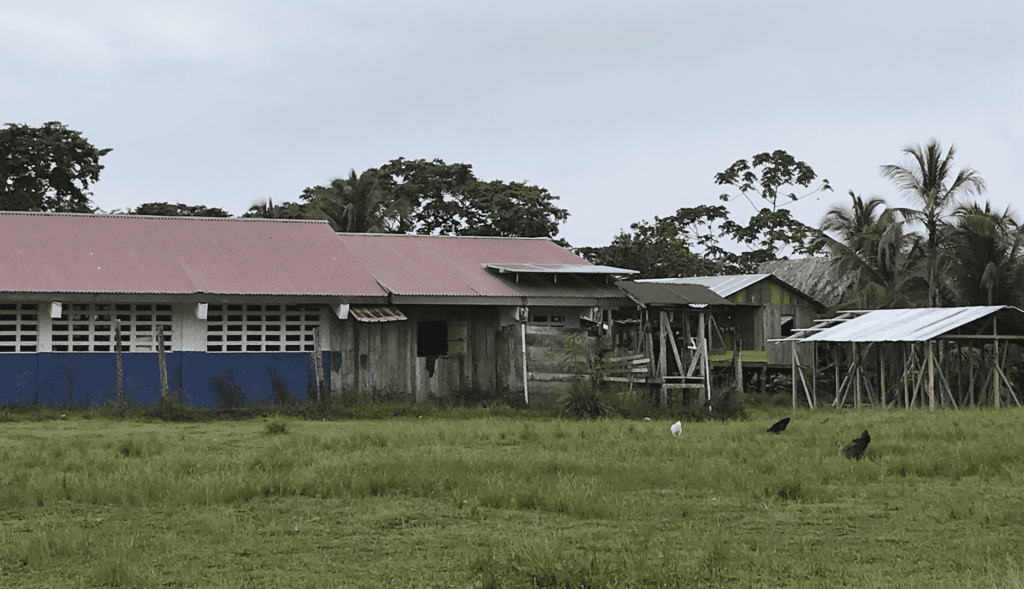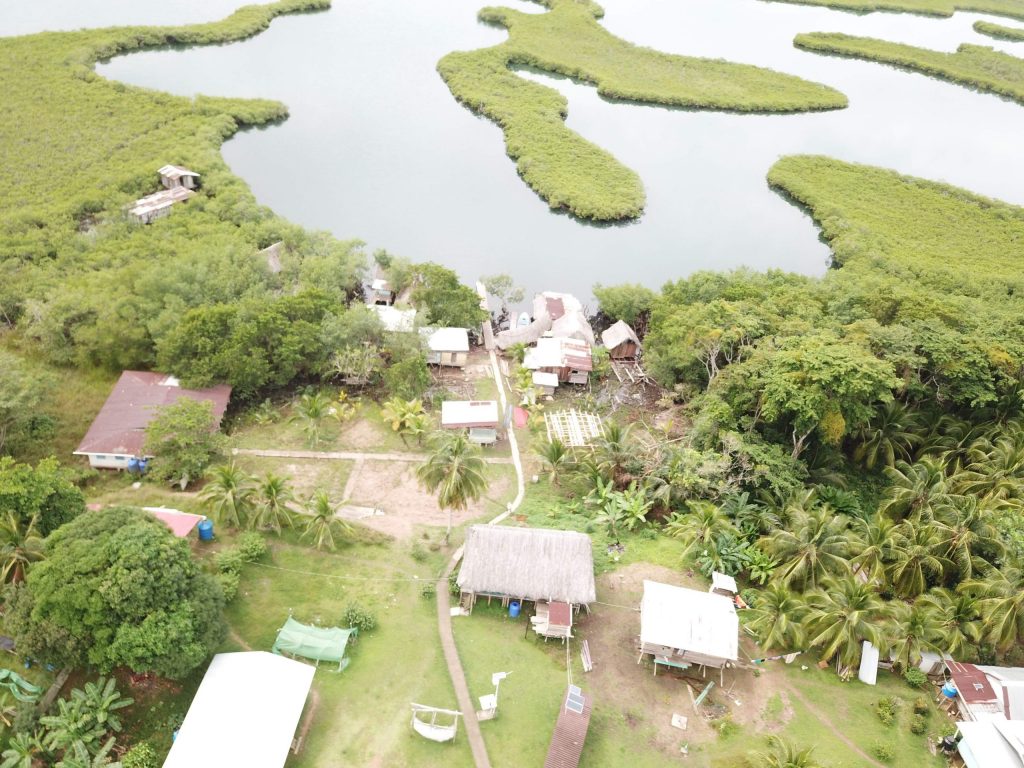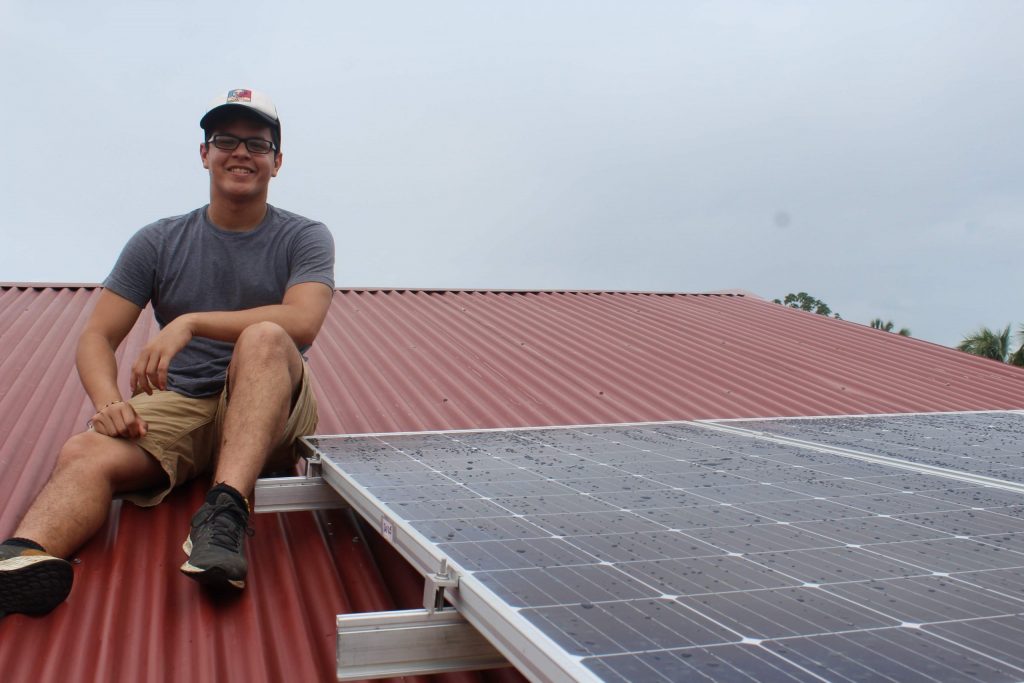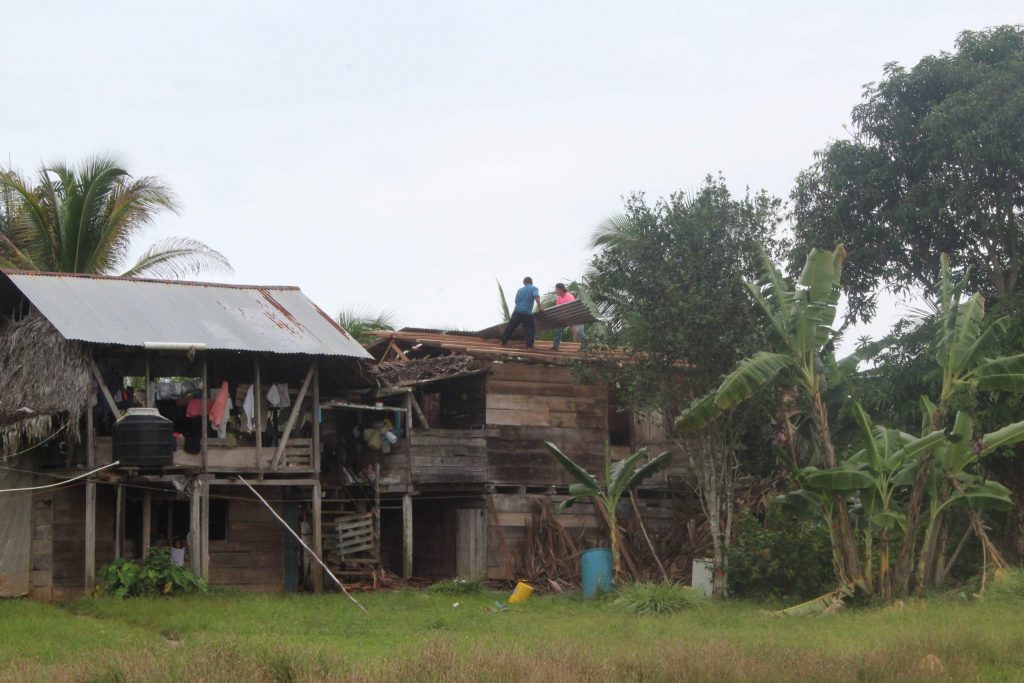

DCIM100MEDIADJI_0004.JPG 


BACKGROUND:
The program in Isla Popa II was brought to EWB-USA by the Peace Corps volunteer assigned to Isla Popa II. The volunteer served a term from July 2010-June 2012. After three months in the community, the volunteer determined a need for better water quality and proposed the project with the following statement:
“The community does not have a consistent source of water. Although a few have rainwater catch systems, many are not sufficient to meet the needs of the family. If the family does not have a catch system, it either uses ‘make-shift’ barrels to catch water or in many cases are forced to use well water. I am addressing this water project because as a result of dirty water, there is a lot of sickness in the community.”
WATER TANK PROJECT:
The Rensselaer Polytechnic Institute student chapter received the program and began working on the project in November 2010. During the project’s first eighteen months, the Peace Corps volunteer served as the NGO.
From January 7-12, 2012, the chapter completed its first assessment trip, becoming acquainted with the community dynamics and politics, collecting information about the community, and sampling the water and environment for possible contaminants. Preliminary water testing suggested arsenic contamination in the water supply, as well as inadequate water supply during the dryer months.
The second assessment trip was conducted August 12-21, 2012, and focused on finalizing the community agreement and NGO partnership; conducting additional community data collection, water sampling and testing; geographically mapping the area; introducing our presence to new governmental and non-governmental organizations, and continuing to foster a trustful relationship with the community. All goals were achieved.
The first implementation trip was in January 2015. Eight members of Rensselaer’s chapter of Engineers Without Borders traveled to Sandubidi on the Gulf coast of Panama to construct a sustainable source of clean drinking water. Without access to a reliable source of drinking water, the community’s inhabitants used water collected from unsanitary rainwater collection systems for their daily needs. This water was contaminated with bacteria and suspected to be responsible for various health problems within the community. While on the trip, our team built a large-scale rainwater collection system in addition to constructing bio-sand filters to purify the collected water. This increased the community’s rainwater collection capacity and provided a treatment method to purify the water.
During the winter of 2016, five EWB-RPI members traveled to Panama to finish implementing a water treatment system on Isla Popa II. Upon arrival, we found the previously built rainwater catchment system in disrepair, an unexpected hurdle. we repaired the system, installed a chlorination treatment system, and educated the community on how to use the new system and about the importance of water treatment.
During our monitoring and evaluation trip in January 2017, we determined the water project a success and closed out the project. The chlorine treatment system we installed not only proved to be sufficient, but community members have replicated the system for personal use.
SOLAR PANEL PROJECT:
On that same monitoring and evaluation trip, the community approached us with a new and exciting challenge. The school of Isla Popa II was not tied to a power grid, so our team was given the task working on designing and building a solar panel system.
In August of 2017, we sent an assessment team back to Isla Popa II to determine the community’s needs. During the trip, we concluded that both the community’s school and church would benefit greatly from a PV array system.
Our first implementation trip for the new project was completed in August of 2019. During that time, five members of the team implemented three solar panels on the roof of the school. Our team successfully installed, wired, and tested the system and were able to provide a reliable source of power. As a result, the school is able to use lights, fans, and even laptops for a safer learning environment.
However, due to church construction and COVID, we were delayed on finishing our implementation of six solar panels on the school and three on the church roof. We are now working on completing our second implementation trip for Spring of 2024, in which we will finish installing the solar panels, transfer the already implemented panels to the church roof, and conduct battery upgrades and system testing. We will be looking to complete all implementations for this project on this trip.


